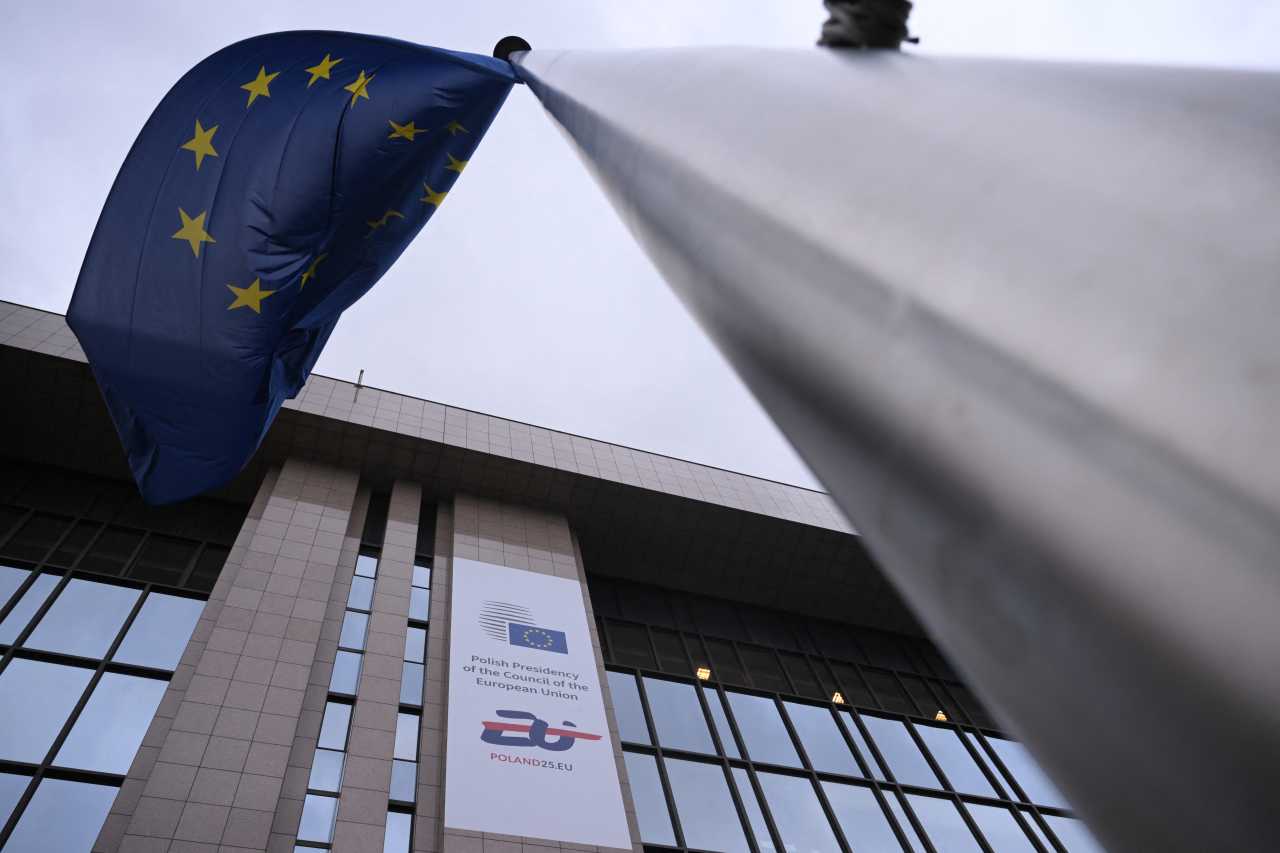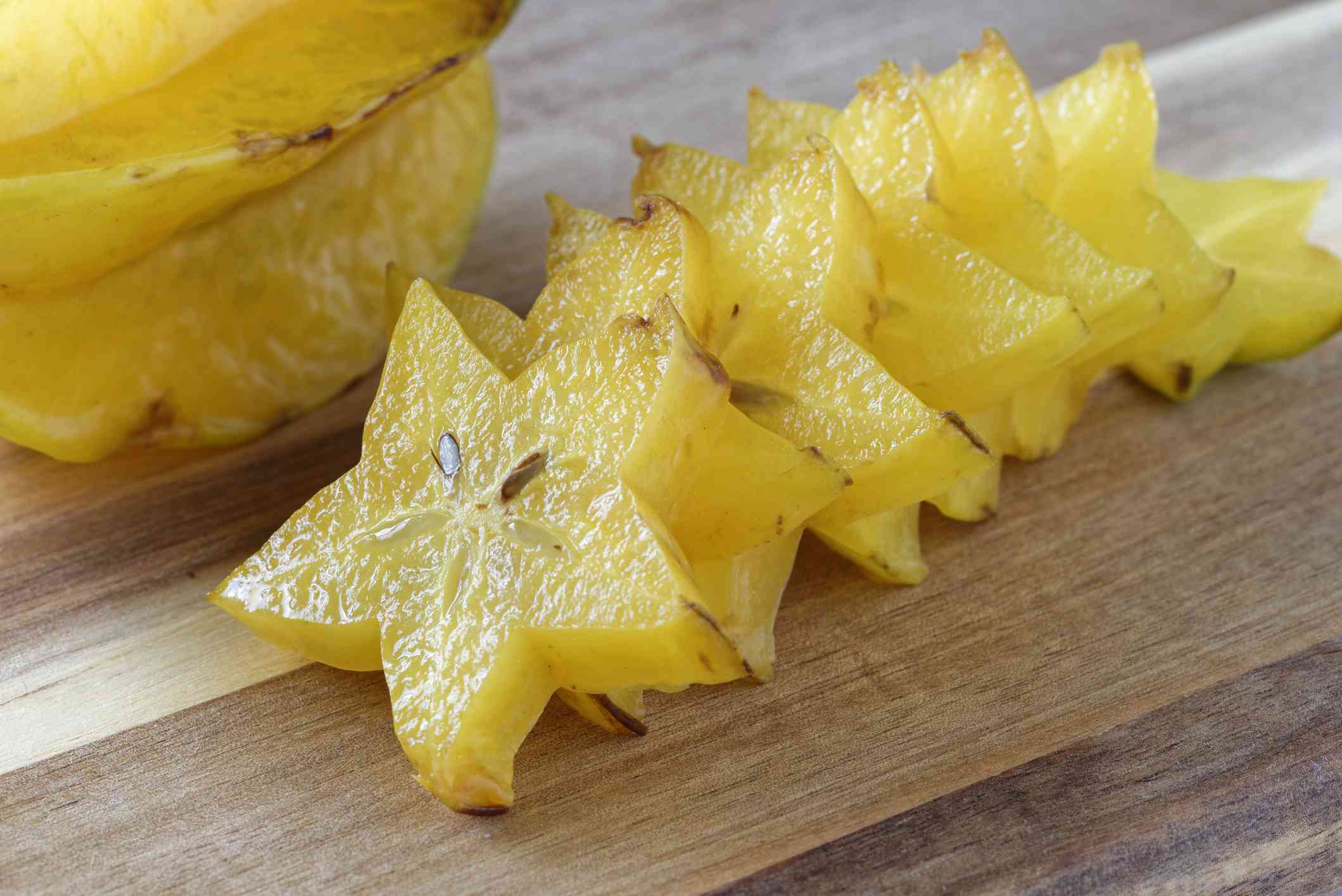The home decor space is closely linked with the real estate sector. While exposure to real estate brings to the table serious cyclicality, proxy plays such as home decor are relatively insulated, thanks to the replacement market. And Carysil is one such player in this space, manufacturing premium sinks, kitchenware, faucets and bathroom accessories. It is one of the only four players globally manufacturing quartz sinks using the pioneer Schock technology.
Carysil’s flagship product – quartz sink is largely under penetrated in the sinks market with stainless-steel sinks leading with over 75 per cent market share. However, with its superior performance and aesthetics, quartz sinks have been gaining market share and continue to have decent headroom to grow. Though exports contribute to 80 per cent, domestic revenue — at just 20 per cent — can benefit from the rising demand in the premium housing market and sustained improvement in discretionary spending. The UK is the biggest market for Carysil with around 38 per cent share of FY24 revenue, while the US follows with 21 per cent. Other geographies like APAC, GCC and Europe accounted for the rest.

With a trailing 12-month PE of around 33 times, the stock, while not cheap, is reasonably valued relative to good growth in business delivered in H1 FY25. Revenue / EBITDA / PAT have also grown at a strong CAGR of 25 per cent / 29 per cent / 27 per cent since FY20.
Having corrected around 38 per cent from its peak in February 2024, with signs of recovery in demand in its key geographies, investors with a long-term perspective could look at accumulating the stock on dips over 10 per cent from here. Though the long-term growth prospects appear interesting, since it is a small-cap stock and can be volatile, investors can limit purchases to small quantities.
Business segments
Carysil used to be a one-product company until 2010, manufacturing just quartz sinks. Quartz sink continues to be the biggest segment, contributing 51 per cent of the revenue in FY24, though the company is now diversified into stainless-steel sinks (10 per cent revenue mix in FY24), appliances (5 per cent), surfaces and others (34 per cent).
Three acquisitions have been completed in the last 36 months – two companies operating in the UK and one in the US. The acquisitions are in line with the company’s diversification strategy, focusing on kitchen-top fabrications, solid-surface products, kitchen and bathroom faucets.
Customer line-up includes the likes of IKEA, Home Depot, Grohe, B&Q, Menards and Lowe’s.
The company has consistently invested in the expansion of its manufacturing capacities and the same has more than doubled from FY20 levels. Capacity utilisation stood at 63 per cent and 90 per cent for quartz sinks and stainless-steel sinks respectively, in H1 FY25. The current phase of capex is being done primarily in the faucet, built-in kitchen appliance and stainless-steel sink segments.
Why quartz sinks and Schock technology
Quartz sinks are stain-resistant, scratch-resistant and dent-resistant. Colours are thermochemical bonded, and the sink is UV-protected which solves the problem of fading. It is also relatively easier to clean and aesthetically pleasing, making a better alternative to steel sinks.
Schock is a German company, the inventor of, and pioneer in quartz sinks with around 21 per cent global market share and over 100 patents in this space. Based on a quartz-acryl composite developed by Schock, its premium quartz sinks are three times stronger than natural granite and superior in performance to sinks made from other materials and other quartz sinks. Around 60 per cent of the world’s quartz sinks currently are made using Schock technology. And thus, Carysil’s products are technically competent with the market.
Operating metrics
Volume growth year on year across quartz sinks, steel sinks, and appliances and others stood at 24.5 per cent, 44 per cent and 15.6 per cent respectively in H1 FY25.
H1 FY25 also saw a good 33 per cent increase in the topline year on year. EBITDA and PAT margin, however, dipped to 18.1 per cent and 8.1 per cent respectively, mainly owing to an increase in employee expenses and other expenses on the back of integration of its US acquisition. Red Sea chaos to some extent, the rise in cost of acrylic – key raw material and the product mix also caused a drag on the margin front both in H1 FY25 and FY24, which is expected to ease off, going forward.
The US acquisition had turned PAT-negative for H1 FY25 despite being positive during the previous period, owing to a drop in demand. Integration of acquisitions and ramping up of operations will remain key monitorables, going forward.

What works
Substituting the European products, which the UK and US subsidiaries have been distributing, with lower-cost India-manufactured Carysil sinks will help profit margins post integration and normalising of operations, in the medium to long term. Moreover, since all other players with access to this technology operate from the western hemisphere, Carysil also enjoys a cost advantage. The recent devaluation in rupee adds wind to the sail.
Borrowings have also dropped to ₹255.8 crore as of H1 FY25 and with improving utilisation from existing capacities, finance costs should reduce sequentially, aiding in bottomline growing faster. Net debt to equity stands at 0.5 times as of H1 FY25. The company also looks on track to meet the $100-million revenue guidance for FY25, which would work out to FY25 revenue of around ₹850 crore.
The dealer network more than doubled between FY20 and FY24, and with a consistent increase in distributors, the company expects to gradually gain domestic ground. A foray into e-commerce is on the cards in India, and with many new partnerships announced overseas, Carysil is looking to grow its market share.
Revival in the US market and the traction for its kitchen appliances, faucets and other new ventures will also be key monitorables, going forward.











